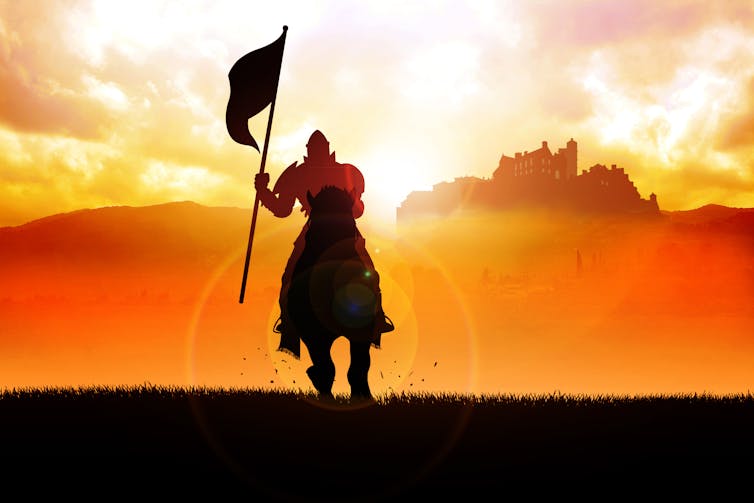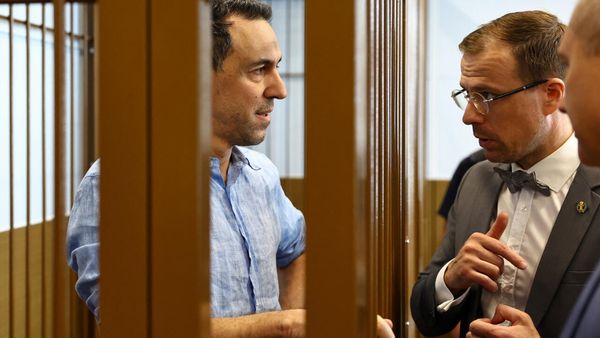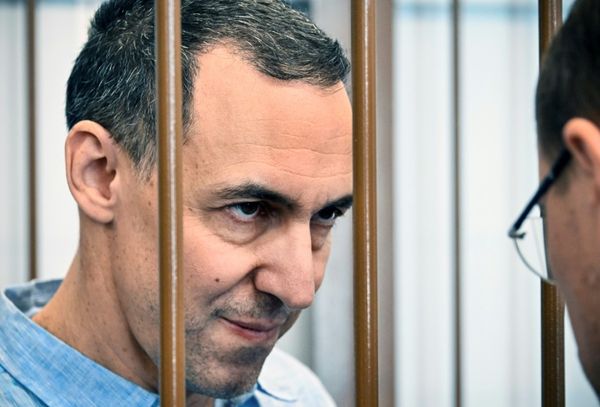
By the time you finish reading this article, at least one new case of child sexual abuse will have been reported. In the US, a child is sexually assaulted every nine minutes. In the UK, this figure is closer to one every seven minutes. The sexual abuse of children is a horrifying and widespread problem that police admit they cannot arrest their way out of.
High-profile cases of systemic child sexual abuse – Jimmy Savile, Jeffrey Epstein, Larry Nassar, cardinals, bishops and priests – have placed the threat front of mind and led members of the public to take matters into their own hands. Social media has given them the means to do so effectively.
Pretending to be children online, hunters wait for predators to initiate sexual communications. When predators ignore reminders that they are talking to “children”, hunters expose them in livestreamed “stings” once they have sufficient evidence of grooming. Several cases have shown that talking to decoys as though they were a real child can be grounds enough for sentencing.
These stings take place in public (where a predator has asked a child to meet him in a park or shopping mall) or at the predator’s home. In the UK alone, over 150 hunting teams were collectively responsible for 1,148 confrontations with suspected paedophiles in 2021. Their evidence helped secure prosecutions in hundreds of cases.
I spent three years embedded with one of the UK’s most prolific hunting teams. An analysis of 356,799 words of private, online team chats during this period, and 831 pages of field notes and interviews, offers unique insights into what it’s like to hunt another human being.
For many involved in these groups, there’s the thrill of the chase. But some also found a deep sense of purpose in confronting a moral pandemic. Many hunters themselves have experienced abuse, and this colours how they view their hunting activities. “So many in this community have been deeply affected by these scum”, one said. “If I can save one child from seeing the world through a survivor’s life then I am blessed”, another added.
Hunters spend nearly as much time judging each other’s stings as they do baiting predators. They do so to reaffirm the purity of their motive – to keep children safe – compared to other teams they accuse of hunting purely for entertainment by poking fun at predators or being physically or verbally abusive.
Still, almost all teams value viewing figures and having an audience. As one explained:
The two we did this weekend have some great exposure: a quarter of a million and 200,000 [viewers].
The hero’s journey
The way paedophile hunters talk about their work follows a narrative akin to the hero’s journey found in tales like Batman. A selfless hero saves his community from an evil threat when formal institutions (police, politicians) fail to do so. Having restored the moral order, the superhero recedes into obscurity.
Hunters refer to sexual predators as “monsters” and “vile beasts” that prey on “the innocent”. They constantly remind each other to “keep safe” during stings, even as hunters outnumber predators four or more to one.
This attitude offers a logic and a moral justification for what hunters do. Believing that “police should be grateful we are doing their job for them”, they position themselves as society’s last line of defence.
These characters feed off each other: the more impotent the police or parents are perceived to be, the more vulnerable the child, the more beastly the monster, the more heroic the hunter.

Relationship with police
While police broadly welcome citizen involvement in fighting crime, they think hunters unhelpful, even given the role of the evidence they collect. The police accuse hunters of acting on insufficiently robust evidence and jeopardising ongoing investigations. They also say hunters fail to safeguard suspects with learning difficulties who may prove difficult to prosecute, nor do they take sufficient action to protect suspects and their families from reprisals by neighbours and psychological injury.
It can be difficult to understand why hunting teams persist with live streaming stings when less harmful alternatives are easily available. They could, for example, simply hand any evidence to police, upload sting footage only after convictions are secured in court or avoid filming the target’s face to not reveal his identity online.
Since predators are typically released on bail following arrest, hunters argue that live streaming alerts the public of a predator in their midst. Parents deserve to know “there’s a nonce roaming the neighbourhood”, they reason.
My experience suggests that hunters persist with live streaming stings not because they are not aware of less harmful alternatives, but because it is the apotheosis of their quest. The sting is the final battle between good and evil that tests the character of a hunter and must be played out before a live audience – any subsequent convictions in court are, for some teams, neither here nor there. What police presume is a means to an end is, for hunters as heroes, an end itself.
Mark de Rond does not work for, consult, own shares in or receive funding from any company or organisation that would benefit from this article, and has disclosed no relevant affiliations beyond their academic appointment.
This article was originally published on The Conversation. Read the original article.







